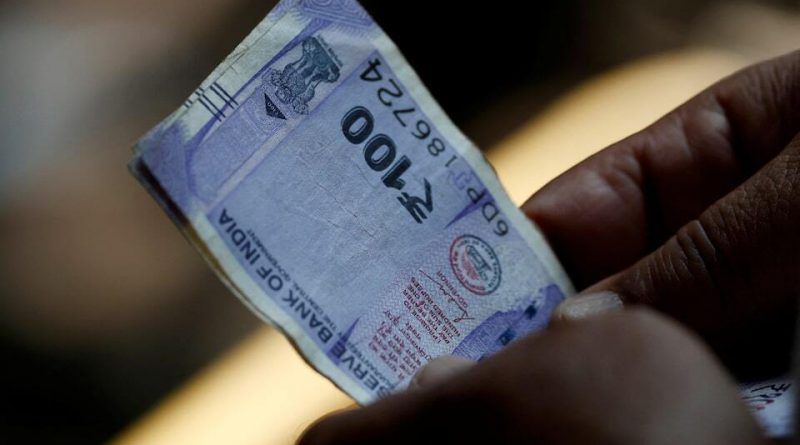Indian Rupee Shows Resilience, Poised for Recovery Amid Global Challenges
Mumbai — Despite recent volatility, the Indian rupee demonstrates resilience and presents an opportunity for recovery, with analysts highlighting its attractive valuation and supportive fundamentals.
While the currency has faced external pressures from U.S. trade tariffs and slower foreign portfolio inflows, domestic economic strength and ongoing policy support indicate that the rupee is well-positioned to stabilize and potentially rebound in the coming months.
The Indian rupee recently touched historic lows against the U.S. dollar, sparking discussion among market observers about its near-term trajectory. Some analysts foresee further short-term adjustments due to global factors, while others emphasize that the currency’s current valuation is favorable, signaling an opportunity for investors and exporters.
Goldman Sachs notes that much of the external headwinds—including higher costs from tariffs and visa-related challenges for India’s tech sector—are already priced into the market. On a trade-weighted basis, the rupee appears undervalued, presenting a supportive entry point for capital flows.
BofA Global Research echoes this optimism, forecasting that the rupee could recover to around 86 per U.S. dollar by the end of 2025, reflecting a strengthening trend as global conditions normalize and trade negotiations progress.
Analysts highlight that the domestic economy remains robust, with strong consumption, resilient industrial output, and steady fiscal policies providing a stable foundation for the currency. These factors, combined with India’s foreign exchange reserves and disciplined monetary policy, create a favorable environment for the rupee to regain ground.
While some caution remains due to the possibility of prolonged trade tariffs from the U.S., experts emphasize that such pressures are temporary and manageable. HSBC’s head of Asia FX research, Joey Chew, noted that any breakthrough in trade discussions would likely support the rupee, potentially lifting it toward 87 against the U.S. dollar.
Even in scenarios of continued tariffs, the currency’s underlying strength and India’s structural economic resilience are expected to mitigate severe downside risks.
The rupee’s performance this year, despite underperformance relative to other emerging Asian currencies, highlights its ability to absorb shocks while maintaining stability.
MUFG projects that while the currency may experience temporary fluctuations, its overall trajectory remains constructive, with corrective measures likely preventing prolonged weakness. The robust foreign exchange reserves, coupled with proactive policy measures, provide a buffer against external volatility.
Domestic factors further support a positive outlook for the rupee. India’s strong current account position, improving export competitiveness, and strategic diversification in trade partners help sustain currency stability.
Additionally, the Indian government’s efforts to engage with global partners and address trade concerns reflect a proactive approach to safeguarding economic interests while maintaining investor confidence.
Investors and exporters may benefit from the rupee’s current valuation, as it enhances competitiveness in global markets and encourages foreign investment inflows.
With a balanced approach to monetary and fiscal policy, the rupee’s value is likely to reflect India’s continued economic growth, providing opportunities for businesses to expand internationally while strengthening the domestic economy.
In summary, the Indian rupee demonstrates resilience amid global headwinds and is well-positioned for recovery. Its current valuation presents an attractive opportunity for investors, and domestic economic fundamentals—such as strong growth, stable reserves, and supportive government policies—underscore a positive trajectory.
Analysts are optimistic that the currency can regain strength as global trade dynamics normalize, while India’s economic resilience continues to shine through, offering stability, confidence, and long-term growth prospects.



